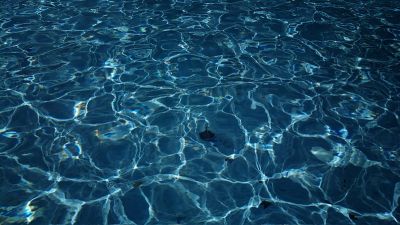Trapped visible light cleans water

Water_light_effect, fot. By FJM88NL (Own work) [CC BY-SA 4.0
EU-funded scientists developed new material approaches to improve the photocatalytic capability of titanium dioxide (TiO2). The developed thin-film catalysts are decontaminating water more efficiently.
Sunlight-driven photocatalysis is one potential method that helps derive
clean water from waste effluents. However, the absorption spectrum of
most semiconductor materials used is typically in the ultraviolet (UV)
range. Another drawback is their low photoefficiency.
In the NANOHAP project, scientists sought to overcome these
limitations by developing thin-film materials with bandgaps in the
visible spectrum and with efficient charge transfer. To this end, focus
was placed on modifying the TiO2 surface with noble or transition metals
to improve photoefficiency.
Scientists used a magnetron sputter source for preparing the TiO2
photocatalytic thin films that were used as substrates for depositing
other metal nanoparticles (NPs). These included silver, copper and
platinum, deposited by gas flow sputtering (GFS). Focus was placed on
the nature of the glass substrate, the sputtering time and the process
parameters to achieve the optimum photocatalytic capability of each NP.
Different microscopy and spectroscopy techniques were used to
investigate NP morphology and quantify the amount of particles and the
metal oxidation state. To evaluate TiO2 photocatalytic activity, the
project team performed tests based on molecular decomposition. In
addition, its photo-induced properties were analysed by measuring the
water contact angles upon UV irradiation.
The type of glass used as a substrate for TiO2 was found to greatly
impact test material photocatalytic activity, with float glass achieving
the highest efficiencies. Scientists used glass substrates covered with
the TiO2 semiconductor, with a layer thickness of around 500 nm.
Compared to its counterparts, platinum was found to greatly enhance
semiconductor photocatalytic activity.
NANOHAP's novel GFS technology for depositing modified TiO2 thin
films should allow obtaining highly photoactive and large-area coatings
for purifying aqueous streams. Other applications include self-cleaning
surfaces.
published: 2015-02-04